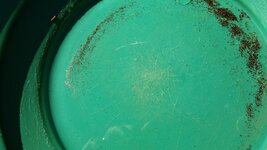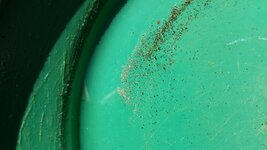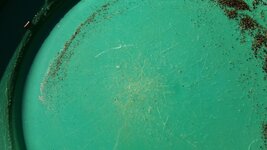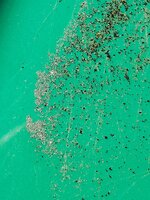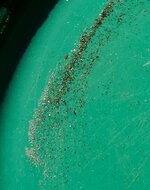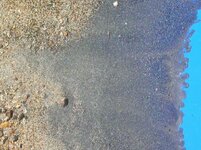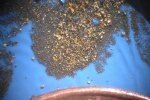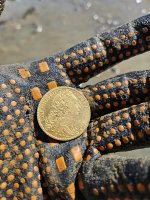jvan
Full Member
- Sep 30, 2014
- 149
- 201
- Detector(s) used
- Gold Hog Raptor Highbanker, Fisher Gold Bug 2, Fisher F70, Bazooka 36" Sniper, Gold Cube, Gold Vac Pac, Pans & Pans
- Primary Interest:
- Prospecting
I am new to panning, and I live in placerville, ca I was panning and came across tons of black sand and below the black sand was much of this silver like shine dust... Does anyone know what this could be? any guesses?
also tons of mica, don't know if that helps to know what kind of minerals are around here
also tons of mica, don't know if that helps to know what kind of minerals are around here
Upvote
0


